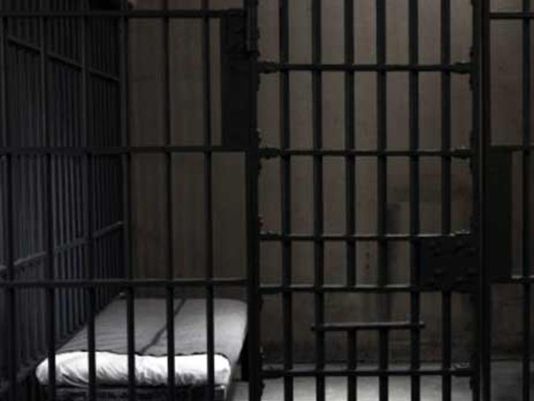
With about one percent of our adult population behind bars, far more per capita than any other country, the United States also leads the world in the use of solitary confinement inside our prisons and jails. Inmates in solitary are typically locked in cells about the size of a parking space for 23 hours a day, with no human interaction and no regular access to educational or vocational training, psychological counseling, addiction treatment, or other rehabilitative programs. While overwhelming empirical evidence indicates that imposed social seclusion can lead to severe and often-irreparable psychological harms, extreme isolation punishments unfortunately remain a popular and widely accepted means of enforcing prison rules.
Despite recent reforms, solitary confinement punishments are more prevalent in New York than in any other state, with two prison facilities entirely dedicated to housing inmates in seclusion cells. Each year, approximately 4,500 inmates across the state are subjected to crushing isolation, often for months or years on end. The situation in New York City's jail system is especially dire. A September 2013 study prepared at the request of the City's Board of Correction noted that 7.5% of all City inmates are held in solitary at any given time.
The prevalence of solitary confinement as a disciplinary method of first resort flies in the face of what the Supreme Court once described as "the evolving standards of decency that mark the progress of a maturing society." Complete social seclusion and sensory deprivation have long been used as methods of psychologically dismantling captives for interrogation purposes. In recalling his experiences as a prisoner of war in Vietnam, Senator John McCain has described how solitary "crushes your spirit and weakens your resistance more effectively than any other form of mistreatment." The contemporary use of extreme seclusion as a jailhouse punishment is practically indistinguishable from its use as a wartime torture device, and the resulting mental health effects often last far beyond inmates' time in prison, with obvious negative implications for criminal recidivism.
Disciplinary actions and administrative decisions made behind prison walls are largely impervious to monitoring or supervision from the outside world, and prisoners who face solitary punishments generally have no recourse aside from a lengthy petition process which can last beyond the time of their initial prison sentence. Inmates have no right to legal assistance during disciplinary proceedings and must represent themselves against accusations brought by prison officials, many of whom work alongside the hearing officers who determine the inmates' guilt and set their punishment.
The use of solitary confinement for any reason, and for any length of time, is a fundamental human rights concern, and our Constitution requires that individuals' liberty interests should not be deprived without due process of law. While the Supreme Court has so far refused to provide incarcerated people with a right to legal assistance during disciplinary hearings, legislators and executives at the state and federal level should implement measures to provide counsel for inmates who face potential isolation punishments. To stem the abusive and reflexive use of solitary confinement, prisoners in disciplinary proceedings should be given competent legal assistance and a fair hearing before an independent hearing officer. In addition, those who are sentenced to a period of solitary confinement should be afforded regular access to legal counsel throughout their time in isolation.
The financial cost of providing competent representation in these situations would likely be offset by even a slight reduction in the use of solitary confinement. During a recent Congressional subcommittee hearing, Senator Dick Durbin of Illinois noted that it costs the federal government nearly three times as much to keep an inmate in an isolation cell than in the general prison population. Indeed, as Mississippi, Illinois and several other states have moved to reduce their use of solitary confinement in recent years they have realized tremendous cost savings in addition to decreased levels of prison violence.
In February, the de Blasio administration agreed to settle a lawsuit brought by the NYCLU and to limit the use of solitary confinement against teenagers while also placing caps on the length of isolation punishments for certain offenses, and Joseph Ponte, New York City's new DOC Commissioner, is known as a reformer who cut the rate of solitary punishments in Maine's prisons by two-thirds. New York State prison officials have also made efforts in recent years to reduce the prevalence of solitary confinement by prohibiting its use against mentally ill inmates. While these developments mark some degree of progress in addressing the serious problems caused by the pervasive use of solitary confinement, there are still thousands of people across the state at any given time who have been sent to "the hole" without adequate representation or an objective fact-finding process.
As a society, our standards of decency may continue to evolve, but every day in our prisons and jails thousands of people are subjected to debilitating psychological harms for want of effective advocacy and outside intervention. Human rights and the need for due process do not end at the prison gates, and as a mature society we should at the very least provide counsel and assistance to those who face what may be our last legal form of torture.
***
by Lucas Anderson
Contact: This email address is being protected from spambots. You need JavaScript enabled to view it. & @CriminalNYLaw